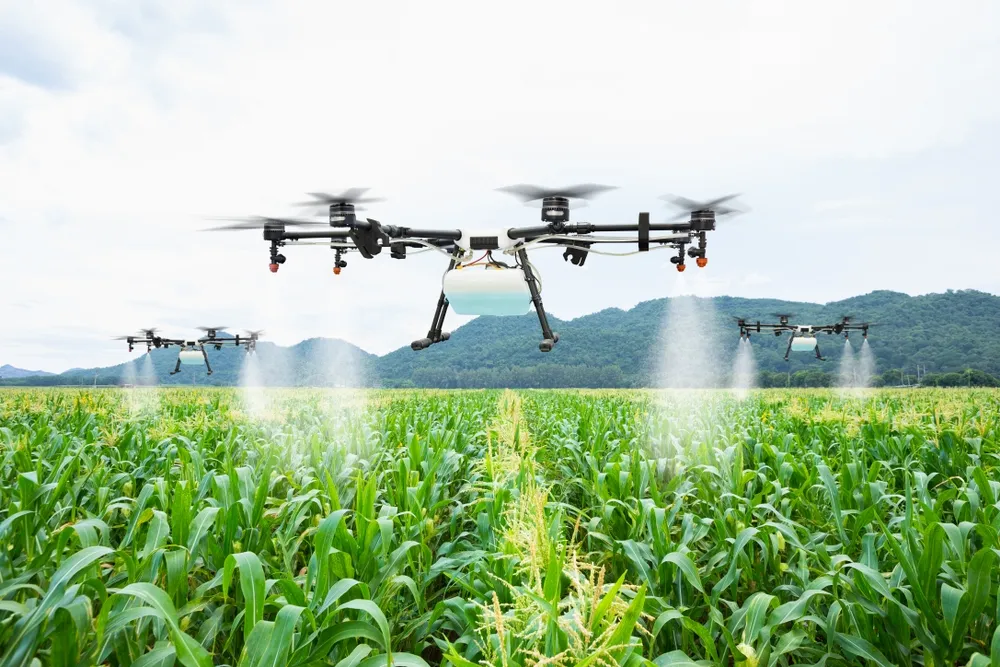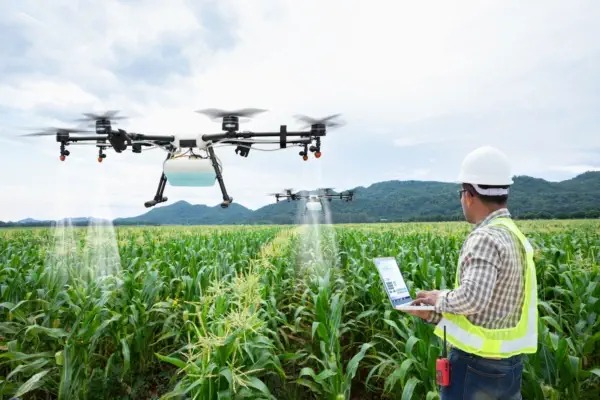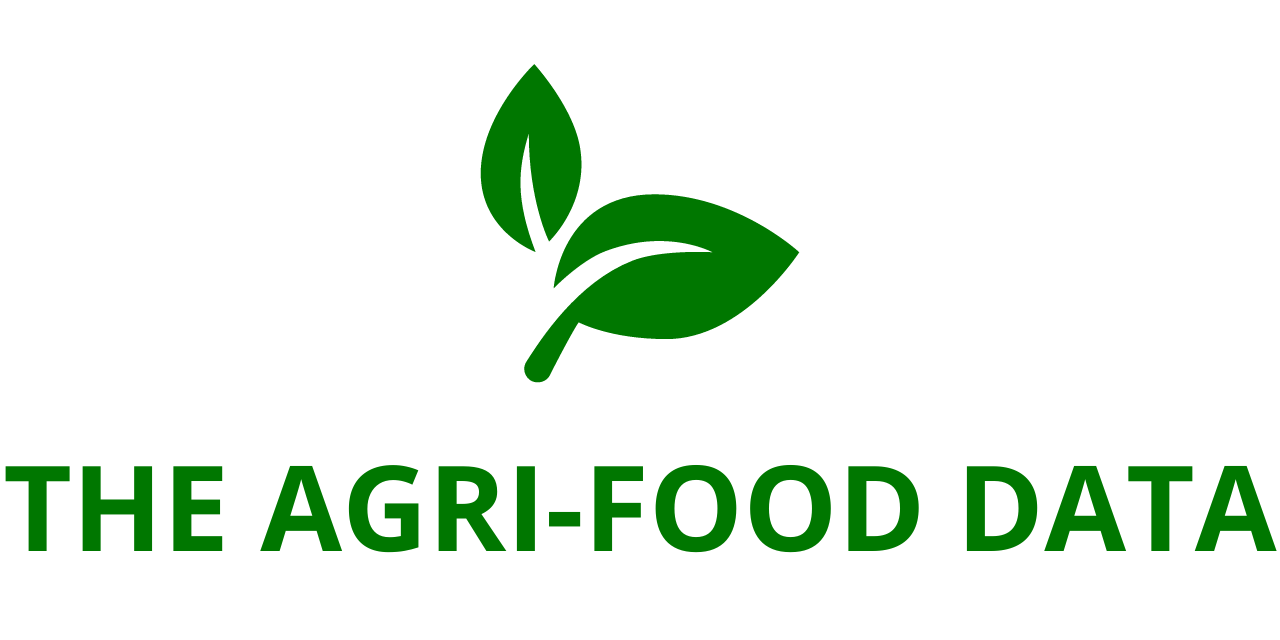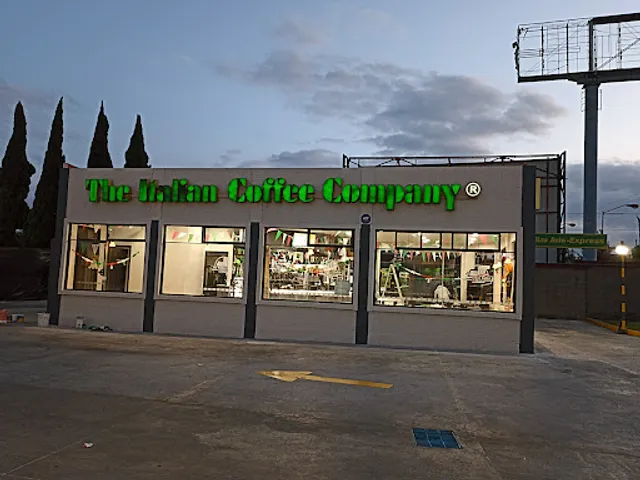
Global Agricultural Robotics Market Forecast to 2035: Milking Robots Lead, UAVs Poised for Rapid Expansion
A new report titled “Agriculture Robots Market to 2035: Distribution by Type of Robot, Type of Offering, Type of Farming Environment, Type of Farm Products, Type of Application, Type of Distribution Channel, Type of Farm Size and Geographical Regions” has been added to ResearchAndMarkets.com’s offerings. The comprehensive study projects the global agriculture robots market to grow substantially, from USD 12.2 billion in 2025 to USD 139.4 billion by 2035, reflecting a compound annual growth rate (CAGR) of 24.78% over the forecast period.
Market Growth Drivers and Emerging Trends
With the global population surpassing 8 billion and expected to climb to nearly 10 billion by 2050, the pressure to increase food production has never been more acute. Traditional farming methods alone are insufficient to meet future food demands. As a result, the integration of automation and advanced robotics in agriculture is transforming the industry landscape.
Agricultural robots—commonly referred to as “agbots”—are at the forefront of this transformation. These machines play a pivotal role in a variety of farming operations, including planting, weeding, fertilizing, harvesting, and crop health monitoring. By reducing dependency on manual labor and increasing operational efficiency, agricultural robots offer farmers the tools they need to address modern challenges such as labor shortages, rising costs, and environmental sustainability.
These robots are increasingly equipped with cutting-edge technologies, including artificial intelligence (AI), machine learning (ML), LiDAR, GPS, and computer vision. These features allow for real-time decision-making, adaptive operations, and precision agriculture practices. In particular, AI-powered analytics help monitor crop conditions, identify pests or diseases early, and optimize irrigation and fertilizer use—significantly boosting yield and reducing waste.
One noteworthy development in this space occurred in March 2024, when SIZA Robotics introduced TOOGO, an autonomous, all-electric robot designed for use in vegetable and beet crop fields. Set to be commercially released in 2025, TOOGO aims to address labor shortages and improve cost efficiency, particularly for medium to large-scale farms.

Robotics and Automation: The New Cornerstone of Agriculture
Agricultural robots not only reduce labor dependency but also enhance safety by handling repetitive and potentially hazardous tasks. For instance, robots used in pesticide application and heavy lifting reduce workers’ exposure to harmful chemicals and physical strain.
Moreover, as agriculture becomes increasingly data-driven, these robotic solutions are being integrated into larger smart farming ecosystems. Cloud connectivity, IoT (Internet of Things), and edge AI are enabling farms to become highly responsive, adjusting operations based on data analytics and real-time feedback.
The International Federation of Robotics reported a 48% year-over-year growth in the sales of professional agricultural robots, underscoring the growing global demand for automation in farming.
Market Segmentation and Competitive Insights
The agriculture robots market is segmented across various categories:
By Type of Robot
- Milking Robots
- Unmanned Aerial Vehicles (UAVs)
- Automated Harvesting Systems
- Driverless Tractors
- Other Specialized Robots
Among these, milking robots currently dominate the market due to their ability to significantly reduce labor costs, increase milk yield, improve animal welfare, and streamline farm management. However, UAVs (drones) are anticipated to register the highest growth rate, given their versatility in aerial crop surveillance, pesticide spraying, and field mapping.
By Type of Farm Product
- Field Crops
- Fruits and Vegetables
- Livestock
- Others
The field crops segment holds the largest share at present, attributed to the widespread adoption of robotic systems for planting, monitoring, and harvesting large-scale staple crops. Nevertheless, the livestock segment is poised for faster growth, driven by increasing automation in feeding, milking, and health monitoring systems.
By Geography
- North America
- Europe
- Asia-Pacific
- Latin America
- Middle East & North Africa (MENA)
- Rest of the World
North America currently leads the market due to its robust technological infrastructure, high investment capacity, and early adoption of agri-tech. However, the Asia-Pacific region is expected to witness the highest CAGR over the forecast period. This growth will be fueled by increasing population pressures, government support for agricultural modernization, and rising awareness about precision agriculture in countries like China, India, and Japan.
In-Depth Market Analysis and Insights
The report provides a detailed evaluation across several dimensions:
- Market Sizing and Forecasting: It offers a comprehensive analysis of market size, growth opportunities, and projections across segments such as type of robot, offering, farming environment, application, distribution channel, and farm size.
- Competitive Landscape: It includes a breakdown of key players in the agriculture robots market, with analysis based on parameters such as year of establishment, company size, headquarter location, and ownership structure.
- Company Profiles: Extensive profiles of leading companies detail their product offerings, management teams, financial performance, strategic initiatives, and recent innovations. This includes moat analysis and future outlooks for players leading the innovation curve.
- Patent and Innovation Analysis: The study examines patent filings and grants in the field of agricultural robotics, analyzing trends by patent type, age, publication year, and key innovators. This provides insights into which technologies and applications are likely to shape the market in the coming years.
- Porter’s Five Forces Analysis: The report evaluates the competitive dynamics within the industry by analyzing the threats of new entrants, bargaining power of buyers and suppliers, the threat of substitute technologies, and the intensity of competitive rivalry.
- Megatrends and Future Outlook: The report explores large-scale trends such as sustainability, food security, climate-smart agriculture, and digital transformation—factors that are expected to influence the long-term trajectory of the industry.
- Recent Developments: An overview of recent strategic activities such as mergers, acquisitions, partnerships, and product launches provides a clear picture of the evolving landscape.





